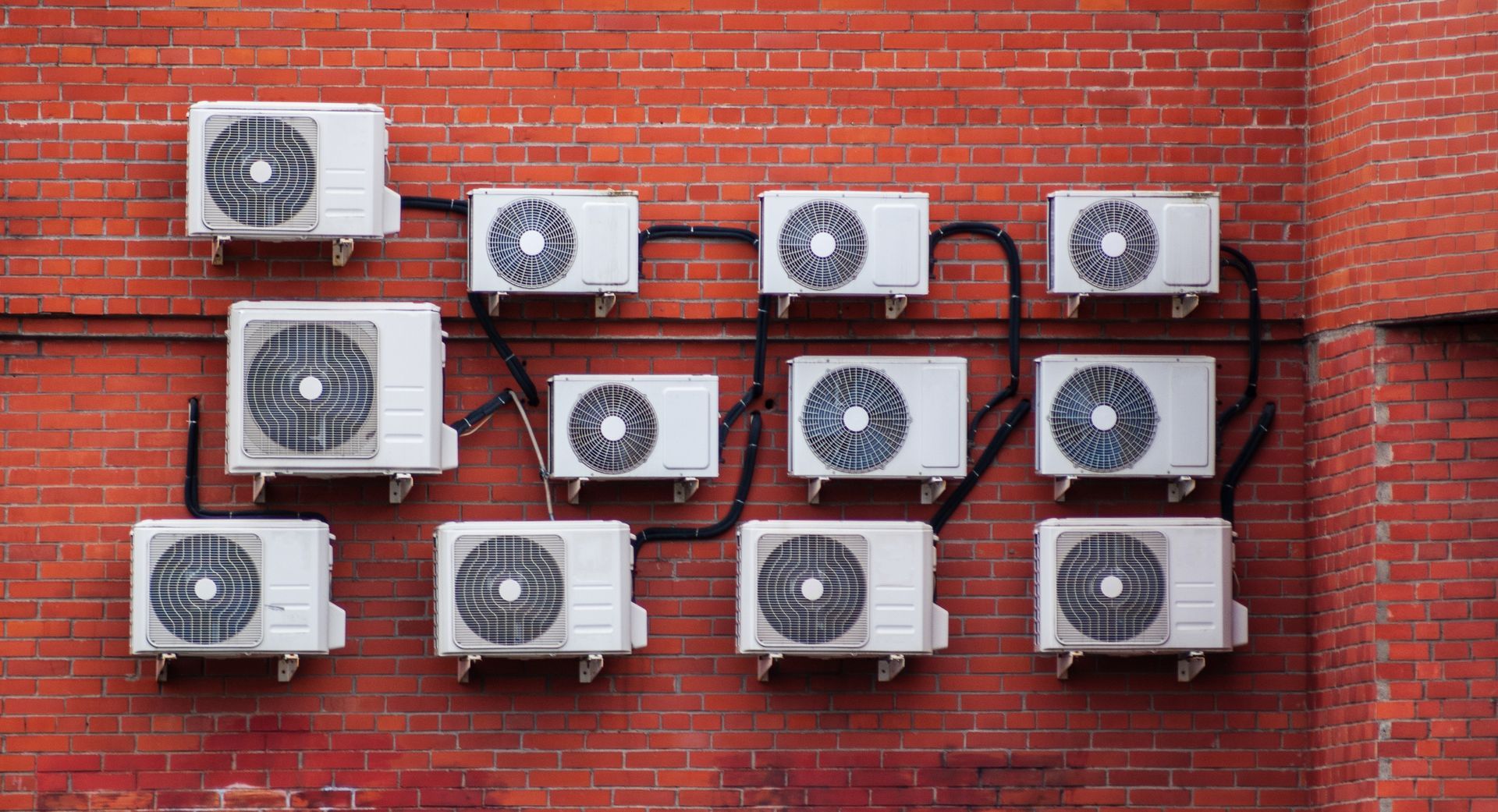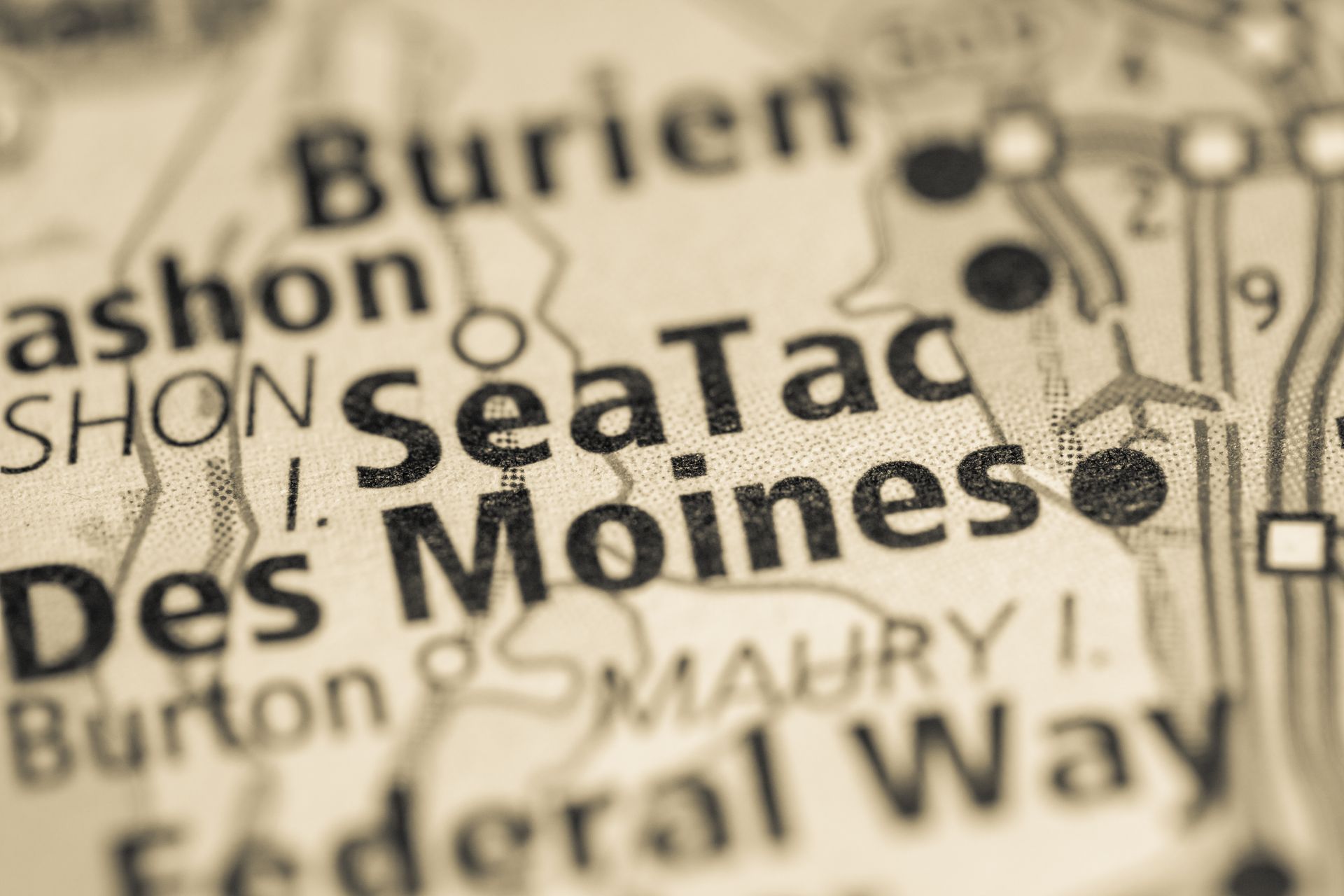Renewable Diesel Could Clean Up The Dirtiest Way To Travel
New York Times Sheds Light On Train Emissions
It's long been an article of faith that traveling by train is the cleanest way to enjoy America's scenic beauty. Not so fast, says the New York Times.
If you are vacationing anywhere outside of Amtrak’s Northeast route between Boston and Washington, DC, your steel wheels are propelled by an engine that runs on petroleum diesel that may actually be more harmful to the environment.
How Much Pollution Comes From Diesel?
In 2022, diesel fuel consumption accounted for about 25% of total U.S. transportation sector CO2 emissions, and about 10% of total U.S. energy-related emissions. Emissions from rail transport contribute about two percent of all greenhouse gases, according to the U.S. Department of Transportation.
A single passenger traveling from New York to San Francisco on an Amtrak economy class ticket generates about 1,000 pounds of CO2, an amount that increases if you book a sleeper cabin. Compare that to the 840 pounds of CO2 racked up by an air passenger in economy class.
Why so much? For starters, most of Amtrak’s trains were built in the 1970’s, before energy efficiency was a consideration. But the real reason is the fuel.
Prior to COVID reducing passenger counts, Amtrak burned over 59 million gallons of petroleum-based diesel fuel, which translated into nearly 687,000 metric tons of CO2.
Could Renewable Diesel Change The Equation?
Electrifying passenger and freight rail isn’t an option for much of the country because the transmission lines don’t exist, and even if they did, a percentage of that electricity would still be generated by fossil fuels like coal and natural gas.
Add to that hurdle, rail consolidation has left Americans with a powerful oligarchy of freight companies who have invested billions of dollars in current engine technology and who would oppose electrifying engines because it would cause massive hits to their profitability if forced to change.
There is, however, a decarbonization solution that could be implemented today. Renewable diesel, derived from recycled cooking oils, greases, and food waste, emerges as the eco-friendly alternative capable of reducing emissions from rail by 60-80%.
Amtrak is already incorporating renewable diesel as part of its Net-Zero Emissions strategy. Freight-rail carrier Union Pacific is now using renewable fuels on several of its locomotives because it’s an easy drop-in fuel replacement while its competitor, BNSF Railway, is in the midst of a three-year pilot program that mixes renewable diesel with biodiesel.
Because renewable diesel is chemically identical to petroleum-based diesel, passenger and freight companies won’t have to invest billions of dollars to be more sustainable.
Renewable Fuels Reduce Port Emissions
For communities near Sea-Tac airport as well as the seaports of Seattle and Tacoma where freight is loaded and unloaded, clean fuels have an even greater benefit as they reduce harmful air pollutants that cause higher rates of asthma and lung disease that are four to five times higher than state averages.
Why Aren’t We Making More Renewable Diesel?
With such tangible benefits and immediate reduction of America’s carbon footprint, what’s holding up the production of greener diesel? In a word—policy.
In 2021, 99% of all 28 million barrels of renewable diesel consumed in the United States were consumed in California because they implemented a clean fuel standard (CFS) in 2011. Oregon, where most of the rest of renewable diesel is consumed, enacted a CFS program in 2016. Washington followed suit in 2021, and New Mexico passed a CFS earlier this year.
Under the CFS programs, companies are incentivized to produce more greener gas and diesel while those who continue to make the most polluting fuels are penalized. As a result, legacy oil companies are now pumping billions of dollars into local economies to transition their petroleum refineries into biorefineries that make renewable diesel.
Renewable diesel has proved so popular in the Golden State that the majority of all diesel sold now comes from recycled sources instead of being pumped from oil wells around the world.
With two new biorefineries in California coming online, the state will produce 1.4 billion gallons by the end of 2024. Washington will add 110 million barrels of renewable diesel annually from the state's largest refinery in Whatcom County, according to Washington State University's Energy Program.
Additionally, in December 2023, global-leading renewable diesel producer, Neste, announced they would provide their low-emission fuel at cardlocks around Washington through their distributor, Coleman Oil, for trucks and fleets.
Renewable Diesel Key To Fighting Climate Change
Last week, the American Lung Association released it's annual "State Of The Air" report showing that all but one county in Washington received an "F" grade for the amount of particle pollution in the air and 800,000 Washingtonians suffering from asthma.
Meanwhile, the Department of Ecology recently issued a drought emergency for the entire state due to a below-average winter snowpack and forecasts of a dry spring and summer, making conditions ripe for a hazardous forest fire season that will degrade air quality even further.
While traveling on a renewable diesel-powered train this summer won't prevent catastrophic forest fires or reverse climate change, it's a step towards reducing America's largest source of carbon emissions.








